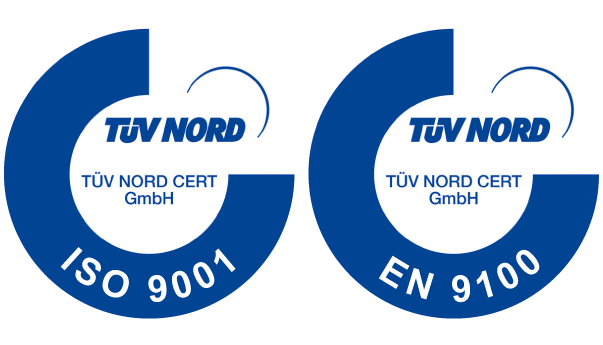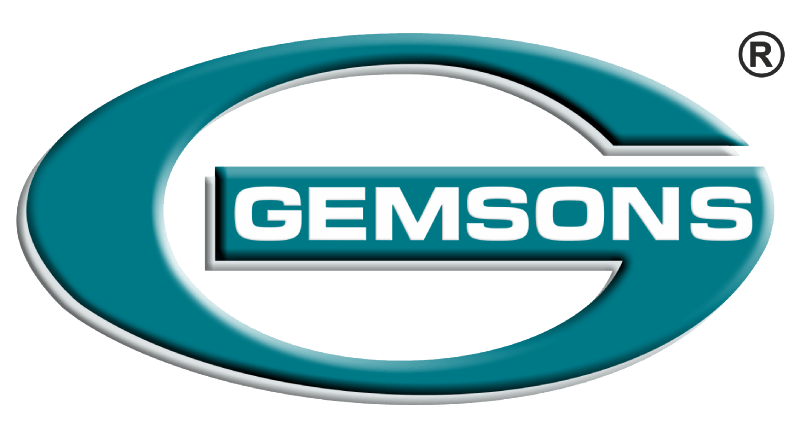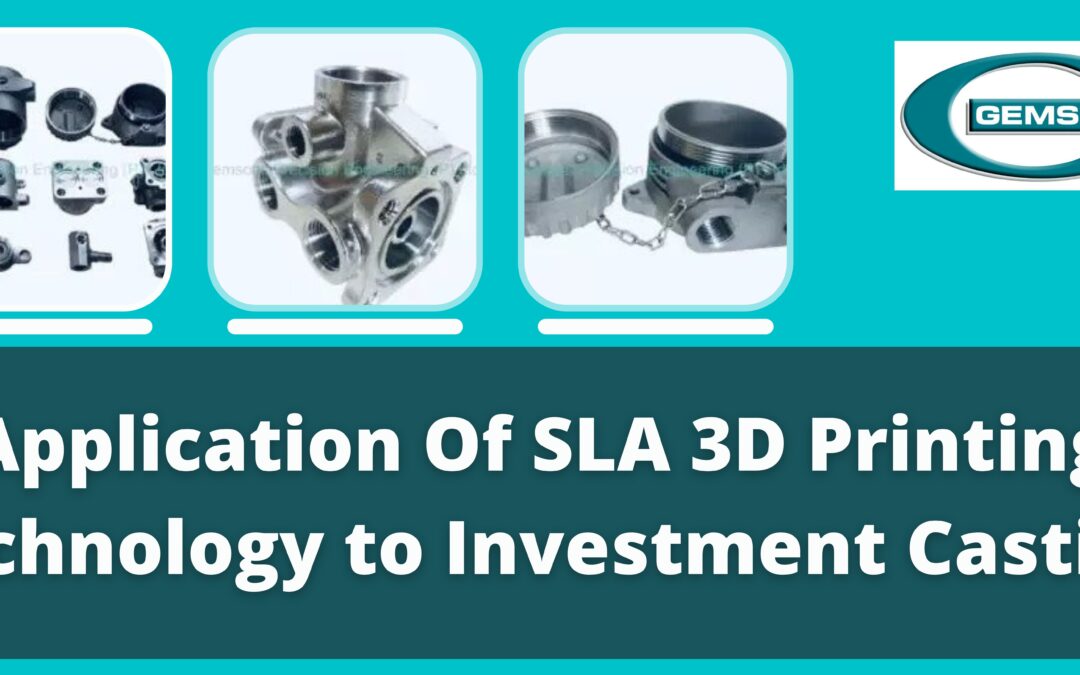The process of investment casting can be traced back 5,500 years in Egypt and China. It is based on the lost-wax casting method, one of the oldest ways to shape metal, and has become a common way to cast metal today. In recent years, more and more people have been using 3D printing to make the pattern for a one-time investment casting. It changes the manufacturing industry by shortening lead times, removing high tooling costs, making parts with flexible and complex geometries, and other things.
What is SLA 3D printing?
SLA is a type of 3D printing technology that targets to create models, prototypes, patterns, and production types. The idea is to point a UV laser at photopolymer resin. The resin, which hardens when exposed to UV light, will form a single layer and eventually form the body of a solid three-dimensional object.
Stereolithography (SLA) 3D printing is a commercialized form of 3D printing used in many industries to make visual prototypes. It is becoming more popular than other 3D printing methods because you can use various thermoset materials to get a very smooth surface and excellent details.
With the fast growth of 3D printing technology and the use of computer technology, 3D drawings of products can be imported directly into the equipment, and the traditional wax mould can be replaced with a casting prototype. From the structure and technology of the investment casting to the design and construction of the die and the making of the wax mould, the process of making an investment casting has changed a lot.
Today, we will talk about how Stereolithography 3D printing (SLA) can be used to make investment castings.
SLA 3D printers are used in manufacturing, product design, engineering, and other fields. SLA 3D printing services are a great choice if you need prototypes with tight tolerances and smooth surfaces that are very detailed for making patterns, moulds, and assembly parts. The SLA 3D printing process is the way for everything from cars to jewellery to dentistry to education to making models.
The SLA 3D printing process is helpful for industrial manufacturing, designing products, and making prototypes.
Unmatched Accuracy and Precision
The SLA 3D printing process makes designs that are very detailed, precise, and accurate for a variety of industrial uses. You can print 3D objects as small as a few millimetres or as long as one meter. Everything can be done with a high level of detail and accuracy from start to finish.
High Production Quality
Over time, SLA 3D printers and technologies have changed in ways that have made a big difference in the quality of the things they make. Modern SLA 3D printers can make very high-quality parts without sacrificing speed or detail at any point in the process.
Increased Productivity
SLA 3D printing is the fastest printing technology on the market today, so it can be used to make most things. It can be used in industries that need to make many things at once. Advanced investment casting is made possible by modules and processes that can be switched out quickly. This increases productivity.
Broad Choice of Materials
SLA 3D printing uses a broader range of materials to make 3D objects that can be used in many different fields. Different materials have different finishes and qualities that make them suitable for specific tasks.
SLA Applications
SLA 3D printing is the best choice when accuracy and the smoothest surface finish are the most important. Some of the most common uses of SLA in the industry are:
- Investment Casting Patterns
- Rapid Tooling, Jigs & Fixtures
- Designer models, snap-fit assemblies
- Scale & exhibition models
- Optics, transparent covers
- Molds & casting patterns
SLA 3D printing is an excellent choice if you want to use 3D printing in an industrial setting. Parts made with stereolithography 3D are used in testing cars and in wind tunnels, among other places.
It is combined with traditional investment casting to get around the problems that come up with traditional precision casting. In the past few years, it has been developed and used quickly. From where it is now, it has its unique benefits. It is slowly getting rid of industries that do things like pollute a lot and use a lot of energy. It can use all of its strengths to make more accurate castings.



Recent Comments